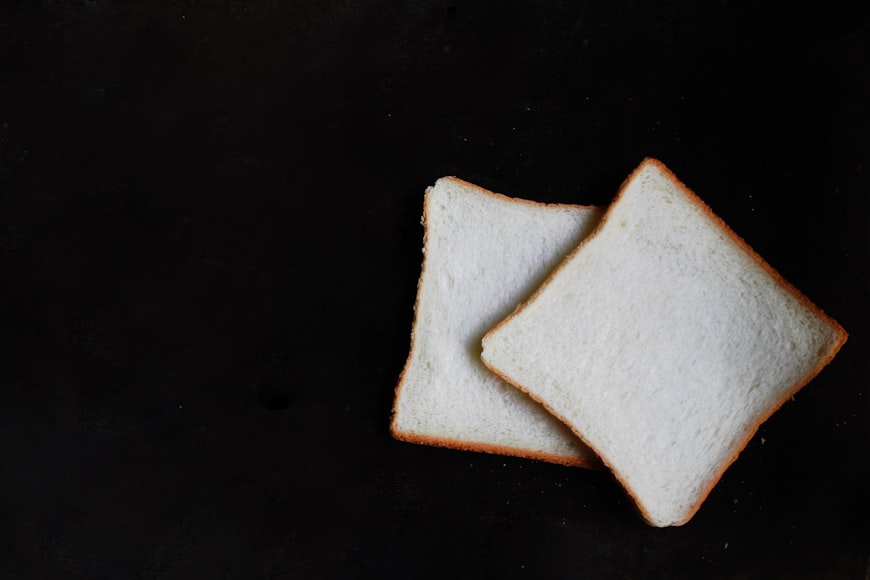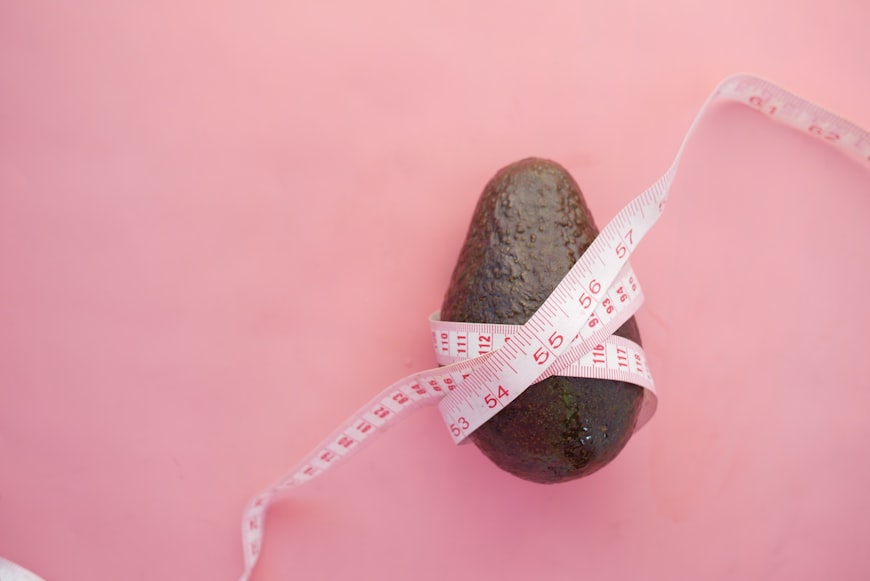Persian Cat: An Extensive Overview
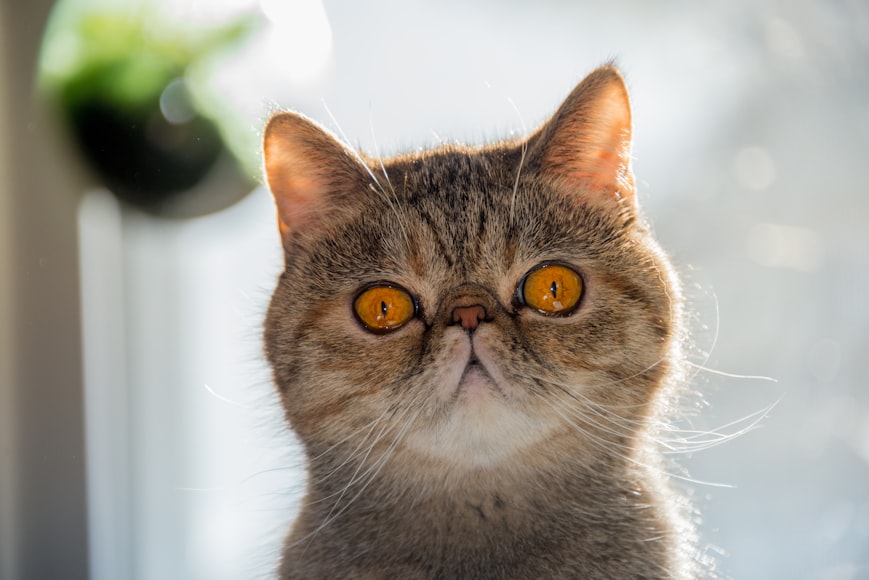
Introduction:
The Persian Cat, renowned for its luxurious coat and gentle demeanor, is one of the most iconic and beloved breeds in the feline world. With its distinctive appearance and unwavering loyalty, it has captured the hearts of cat enthusiasts globally. This comprehensive overview will delve into the captivating history, physical characteristics, personality traits, care requirements, and health considerations of this enigmatic feline.
History:
The Persian Cat’s origins can be traced back to the 16th century, when it was brought to Europe from Persia (present-day Iran). Its long, flowing coat and striking features quickly captivated the aristocracy, who prized it as a symbol of wealth and elegance. The breed’s popularity grew throughout the centuries, and it has remained a beloved companion to cat lovers of all ages.
Physical Characteristics:
The Persian Cat is characterized by its unmistakable physical attributes. Its most prominent feature is its long, silky coat, which comes in a wide range of colors and patterns. The coat is double-layered, with a dense undercoat and a glossy outercoat that reaches lengths of up to 15 inches.
Beyond its coat, the Persian Cat has a rounded head with short ears and large, expressive eyes. Its nose is typically flat, giving it a distinctive “doll-face” appearance. The body is robust and well-proportioned, with short legs and a tail that is notably fluffy.
Personality Traits:
Persians are widely known for their affectionate and loyal nature. They are intelligent and curious cats that enjoy spending time with their human companions. They are typically calm and placid, preferring to lounge around and soak up attention rather than engaging in energetic activities.
Despite their laid-back demeanor, Persians can be playful and mischievous when the mood strikes. They are known to enjoy interactive toys and may occasionally engage in bursts of short-distance sprinting.
Care Requirements:
Maintaining the beauty and health of a Persian Cat requires a dedicated care routine.
-
Grooming: The Persian’s long coat requires regular brushing, ideally daily, to prevent tangles and matting. Bathing is also necessary occasionally, using a gentle shampoo specifically designed for cats.
-
Nutrition: Persians have moderate nutritional needs and should be fed a high-quality diet that meets their individual requirements. They may be prone to weight gain, so appropriate portion control is essential.
-
Exercise: While Persians are not known for being particularly active, they do need some daily exercise to maintain their health and well-being. Interactive play sessions or supervised outdoor exploration can provide an outlet for their energy.
-
Veterinary Care: Regular veterinary checkups are crucial for the health of any cat, and Persians are no exception. They should receive vaccinations, deworming treatments, and dental care as recommended by your veterinarian.
Health Considerations:
Like all breeds, Persians are prone to certain health conditions. Some common issues include:
- Polycystic Kidney Disease (PKD): A genetic disorder that causes cysts to develop in the kidneys, potentially leading to kidney failure.
- Flat-faced Syndrome (Brachycephalic Airway Syndrome): A breathing problem caused by the shortened nose and flattened facial structure.
- Tear Stains: Persians often experience tear staining due to the structure of their tear ducts. Regular cleaning and veterinary attention can prevent discomfort and infection.
Conclusion:
The Persian Cat is a captivating and loyal companion that embodies elegance, affection, and charm. With its unmistakable physical characteristics and endearing personality, it has become a cherished breed in countless households around the world. By providing appropriate care and attention, Persian Cat owners can enjoy the unwavering love and companionship of these gentle felines for many years to come.
Historical Origins and Development
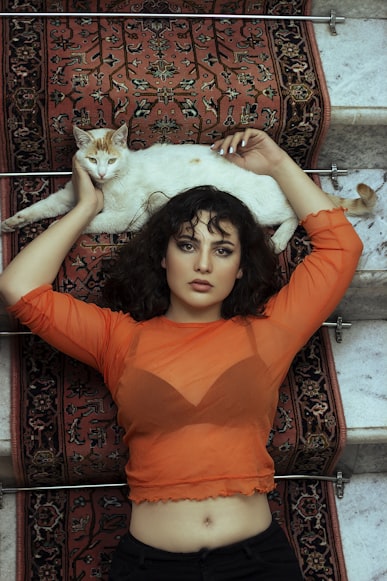
The Persian Cat, renowned for its striking beauty and luxurious coat, has a rich and fascinating history that spans centuries.
Ancient Roots in Persia
The origins of the Persian Cat can be traced back to the ancient land of Persia (modern-day Iran). Cat-like creatures with long, flowing fur have been depicted in ancient Persian art, suggesting that the breed has existed in the region for millennia. These early cats were likely used for pest control in palaces and temples.
Popularization in Europe and North America
In the 16th century, Persian Cats were introduced to Europe by travelers and traders. Their exotic appearance quickly captivated the aristocracy, and they soon became a status symbol among the wealthy and powerful. By the 19th century, Persian Cats had become popular in North America as well.
Selective Breeding and Standard Development
As the breed gained popularity, breeders began selectively breeding Persian Cats for specific physical characteristics. This led to the development of the modern Persian Cat, which is characterized by:
- A long, dense, and silky-smooth coat
- A flat, broad face with prominent eyes
- A short, stocky body
- A gentle and affectionate temperament
Throughout the 20th century, various cat fancier clubs and organizations established breed standards for Persian Cats. These standards ensure the preservation of the breed’s unique traits and promote uniformity among breeders.
Today, the Persian Cat remains one of the most popular cat breeds in the world. Its luxurious coat, gentle nature, and historic charm continue to endear it to cat enthusiasts around the globe.
Physical Characteristics
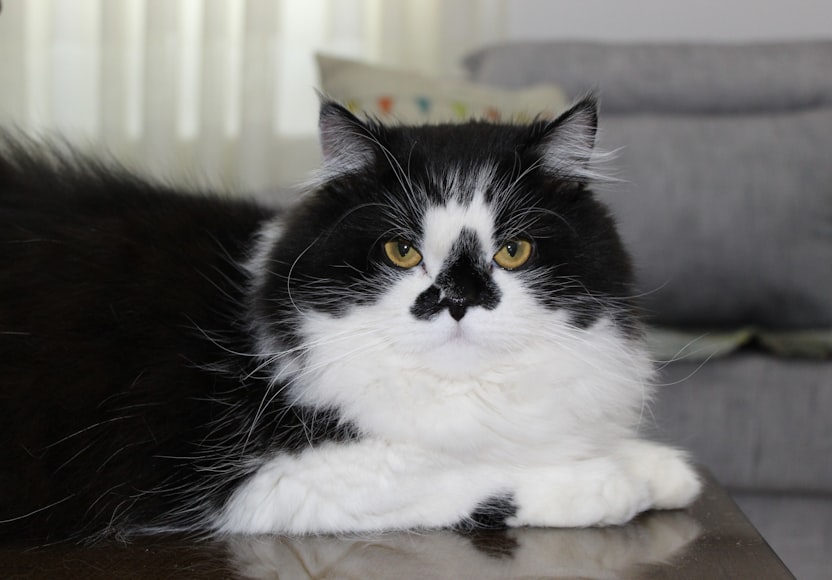
The Persian cat, renowned for its captivating appearance, is a testament to the marvels of nature’s artistry. These feline jewels possess a symphony of physical traits that distinguish them from all others.
Long, Flowing Coat: A Majestic Mantle
The Persian cat’s most striking feature is its long, flowing coat, which drapes over its body like a majestic mantle. The soft, silky texture and luxurious abundance of hair give these cats an ethereal, almost angelic quality. Their coats come in a wide array of colors and patterns, from classic white to exotic tabby variations, adding to their allure.
Compact, Muscular Body: A Foundation of Strength
Beneath the glamorous coat lies a compact, muscular body that provides the Persian cat with both agility and strength. Although their size may not be imposing, their well-proportioned build allows them to navigate their surroundings with grace and ease.
Distinct Round Head and Short Muzzle: A Face of Character
The Persian cat’s distinctive round head and short muzzle contribute to their adorable and expressive countenance. Their large, round eyes come in a variety of colors, adding depth and emotion to their gaze. Their short noses give them a slightly flattened appearance, enhancing their irresistible charm.
Additional Physical Traits:
- Flat, Round Face: Contributes to their unique and affectionate expression.
- Small, Rounded Ears: Proportional to their head, they give Persians a wide-eyed appearance.
- Large, Paw Pads: Provide stability and cushioning while walking.
- Long, Bushy Tail: Curves elegantly over their backs, adding a touch of playfulness.
The physical characteristics of the Persian cat combine to create an enchanting creature that captivates the hearts of all who behold it. Their flowing coat, compact body, and distinctive head make them a true masterpiece of feline beauty.
Temperament and Personality
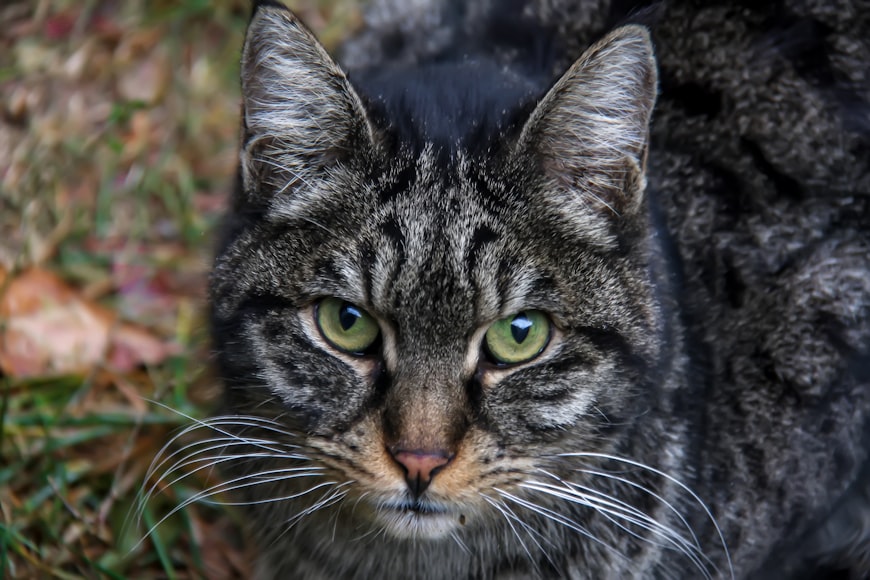
Persian cats, renowned for their opulent coats and doe-eyed gaze, possess a captivating temperament that has stolen the hearts of cat enthusiasts worldwide. Beyond their stunning appearance lies a rich tapestry of personality traits that make them endearing companions.
Affectionate and Gentle
Persian cats embody the epitome of affection. They form strong bonds with their human guardians and crave attention and cuddles. Their gentle nature makes them ideal lap cats, content to spend hours purring in your embrace. Their mellow and amiable disposition makes them well-suited for families with children and other pets.
Independent and Playful
Despite their affectionate nature, Persian cats also maintain a degree of independence. They are capable of entertaining themselves and can be content to play alone for extended periods. Their playful spirit shines through in their love of chasing toys and pouncing on dangling objects. Providing them with interactive toys and stimulating environments is essential for their well-being.
May be Prone to Separation Anxiety
It is important to note that while Persian cats are generally affectionate, they can also be prone to separation anxiety. This means that they may become distressed or anxious when left alone for extended periods. Providing them with a consistent schedule, plenty of companionship, and calming aids can help mitigate this issue.
Other Personality Traits
In addition to the above-mentioned traits, Persian cats are also known for being:
- Curious: They love to explore their surroundings and discover new things.
- Intelligent: They are quick learners and can be taught tricks and commands.
- Vocal: They may meow to communicate hunger, affection, or distress.
- Reserved with Strangers: While they are typically friendly with their family, they may be more reserved around strangers until they become comfortable.
Conclusion
The Persian cat’s affectionate, independent, and playful temperament makes them beloved companions for those seeking a loving and charming feline friend. While they may be prone to separation anxiety, with adequate attention and care, they can thrive in a happy and fulfilling home. Understanding and embracing their unique personality traits will ensure a rewarding and harmonious relationship between you and your enchanting Persian cat.
Health and Care

Persian cats are known for their striking appearance and affectionate nature. However, like all breeds, they have specific health and care requirements that owners should be aware of.
Health Concerns:
-
Polycystic Kidney Disease (PKD): Persians are prone to PKD, a genetic condition that causes cysts to develop in the kidneys. This can lead to kidney failure if left untreated.
-
Dental Problems: Persians have a flat facial structure that can make them susceptible to dental issues such as gum disease and tooth loss. Regular dental check-ups and cleanings are essential.
Grooming Requirements:
Persians have long, flowing fur that requires regular grooming to prevent matting. Brushing should be done daily or every other day to remove loose hair and prevent tangles.
-
Frequent Brushing: Daily or every other day brushing is essential. Use a soft-bristled brush or a metal comb to remove tangles and prevent matting.
-
Bathing: Persians don’t typically require frequent baths, but occasional bathing with a cat-specific shampoo can help keep their fur clean and free of mats.
-
Trimming: Trimming your Persian’s nails regularly is important to prevent them from becoming too long and causing pain.
Additional Tips:
-
Vaccinations: Persians should receive regular vaccinations against diseases such as feline panleukopenia, calicivirus, and rabies.
-
Regular Veterinary Check-ups: Periodic veterinary check-ups are crucial to monitor your Persian’s health and detect any potential issues early on.
-
Proper Diet: A balanced diet that meets your Persian’s nutritional needs is essential for their overall health.
By understanding the unique health and care requirements of Persian cats, owners can provide them with a long and healthy life filled with love and companionship.
Grooming and Appearance
As the proud owner of a magnificent Persian cat, you must prioritize their grooming and appearance to maintain their captivating beauty and overall well-being. Here is a comprehensive guide to keep your feline friend looking and feeling their best:
Daily Brushing
Persian cats require daily brushing to prevent mats and tangles in their long, flowing hair. Use a fine-toothed comb to gently remove loose hair, dirt, and dander. Start at the head and work your way down the body, taking care to brush in the direction of hair growth.
Regular Bathing
To maintain the health and vitality of the Persian cat’s coat, regular bathing is essential. Use a gentle, pH-balanced shampoo specifically designed for cats and avoid over-bathing, which can strip the natural oils from their skin. Bathe your cat every 1-2 weeks or as needed.
Nail Trimming
Persian cats’ nails grow quickly and can become sharp, posing a risk to both you and your cat. Trim their nails regularly using a nail clipper specifically designed for cats. Avoid cutting into the quick, which is the pink part of the nail containing blood vessels and nerves.
Sanitary Area Trimming
To ensure cleanliness and prevent odor, trim the hair around the Persian cat’s sanitary areas, including the anal region and around the genitals. This will minimize dirt build-up and provide comfort.
Additional Grooming Tips
- Check your cat’s ears weekly for any signs of infection, such as redness, swelling, or discharge. Clean them gently with a cotton ball and ear cleaner.
- Brush your cat’s teeth regularly to prevent dental disease.
- Keep your cat’s litter box clean to encourage proper hygiene.
- Feed your cat a high-quality diet to promote a healthy coat and skin.
By following these grooming practices, you can ensure that your Persian cat maintains its elegant appearance, promotes good health, and continues to be a delightful companion. Remember to consult with a veterinarian if you have any concerns about your cat’s grooming or overall well-being.
Diet and Nutrition
As a devoted Persian Cat parent, providing your feline companion with an optimal diet is crucial for their health and well-being. Here’s a comprehensive guide to help you make informed choices about your Persian’s nutrition:
High-Quality Wet or Dry Food
Persian Cats require a high-protein, high-fat diet tailored to their unique nutritional needs. Opt for:
- Wet food: Provides ample moisture and is easier to digest, especially for kittens and senior cats.
- Dry food: Offers convenience and provides dental benefits through kibble chewing.
Choose premium, brand-name foods that adhere to the Association of American Feed Control Officials (AAFCO) guidelines and meet the following criteria:
- High in protein: Minimum of 30% protein from animal sources (e.g., chicken, fish, lamb)
- Moderate in fat: 10-15% fat to support energy levels and skin and coat health
- Low in carbohydrates: Less than 20% carbohydrates to avoid weight gain
Limited Treats
Persian Cats are prone to obesity, so treats should be given sparingly. Opt for:
- Small portions: Limit treats to no more than 10% of their daily caloric intake
- Healthy choices: Offer occasional pieces of cooked chicken, tuna, or boiled carrots
Supplements
In addition to a balanced diet, some supplements may be beneficial for Persian Cats, including:
- Taurine: An amino acid essential for heart and eye health
- Omega-3 fatty acids: Support skin and coat quality
- Glucosamine and chondroitin: May help with joint health
Hydration
Provide your Persian with fresh, clean water at all times to prevent dehydration. A water fountain can encourage them to drink more.
Transitioning to a New Diet
When changing your Persian’s diet, introduce new food gradually over 5-7 days to avoid digestive upset. Start by mixing a small amount of new food with their existing food and gradually increase the new food ratio until they are fully transitioned.
Consultation with a Veterinarian
Regular veterinary check-ups are essential for assessing your Persian’s nutritional needs and overall health. Consult with your veterinarian for personalized recommendations and to address any dietary concerns.
By following these guidelines and consulting with a veterinarian, you can provide your precious Persian Cat with an optimal diet that supports their health and happiness for years to come.
Training and Behavior
Persian cats are known for their striking beauty and luxurious coats. While they may appear aloof, they are highly intelligent and can make wonderful companions. However, understanding their unique personality traits and behavior is crucial for successful training and socialization.
Intelligence and Stubbornness:
Persian cats are renowned for their intelligence, but this can come with a side of stubbornness. They have a mind of their own and may not always be eager to follow commands. Patience and persistence are essential when training these cats.
Positive Reinforcement Training:
Positive reinforcement is the most effective method for training Persian cats. This technique uses rewards, such as treats or praise, to encourage desired behaviors. Never punish your cat, as this can damage your relationship and make training more difficult.
Socialization:
Socialization is vital for Persian cats from a young age. They need to be exposed to a variety of people, places, and animals to develop a well-rounded personality. Early socialization helps prevent fear and aggression later in life.
Training Basics:
- Litter box training: Place the litter box in a quiet location and introduce your kitten to it early on. Clean it regularly to encourage usage.
- Scratching post training: Provide a scratching post and regularly trim your cat’s nails to redirect scratching behavior away from furniture.
- Basic commands: Teach your cat simple commands like “sit,” “stay,” and “come.” Use treats and praise to reinforce good behavior.
Special Considerations:
- Grooming: Persian cats require regular grooming to maintain their luxurious coats. Accustom them to brushing and bathing from a young age.
- Exercise: While Persians may not be as active as some other breeds, they still need regular exercise. Provide interactive toys and encourage play sessions.
- Health: Persians can be prone to certain health issues, such as polycystic kidney disease (PKD). Regular veterinary checkups and proper nutrition are crucial for their well-being.
By following these tips, you can establish a strong bond with your Persian cat and train them to be well-behaved and social members of your household. Remember to be patient, consistent, and always use positive reinforcement to achieve the best results.
Lifespan and Life Stages
As the loving parent of a Persian cat, understanding their lifespan and different life stages is crucial for providing optimal care and support.
Lifespan
The average lifespan of a Persian cat is 10-15 years. However, with proper care and nutrition, some individuals may live even longer.
Kittenhood (0-9 months)
- Requires extra attention and care.
- Feed kittens frequent small meals.
- Provide a warm and safe environment with plenty of socialization.
- Start litter box training early.
Adulthood (9 months – 7 years)
- Most Persian cats reach full maturity around 9 months of age.
- During this period, provide a well-balanced diet and regular veterinary checkups.
- Maintain a consistent grooming routine to prevent matting.
- Provide opportunities for exercise and play.
Senior Years (7 years and above)
- May experience health issues such as arthritis, dental disease, and kidney problems.
- Regular veterinary exams are essential for early detection and treatment.
- Provide a comfortable and supportive environment that meets their changing needs.
- Adjust their diet as needed to address age-related health concerns.
Additional Factors Affecting Lifespan
- Genetics: Some Persian cat lines may have shorter or longer lifespans.
- Overall health: A healthy cat has a better chance of living a longer life.
- Diet: A nutritious and balanced diet is essential for overall well-being.
- Exercise: Regular exercise helps maintain a healthy weight and reduces the risk of certain diseases.
- Spaying/Neutering: This procedure can prevent certain health problems and increase lifespan.
By understanding the different stages of a Persian cat’s life and by providing proper care and attention, you can help your beloved companion enjoy a long and healthy life. Always seek advice from your veterinarian for specific recommendations and guidance.






